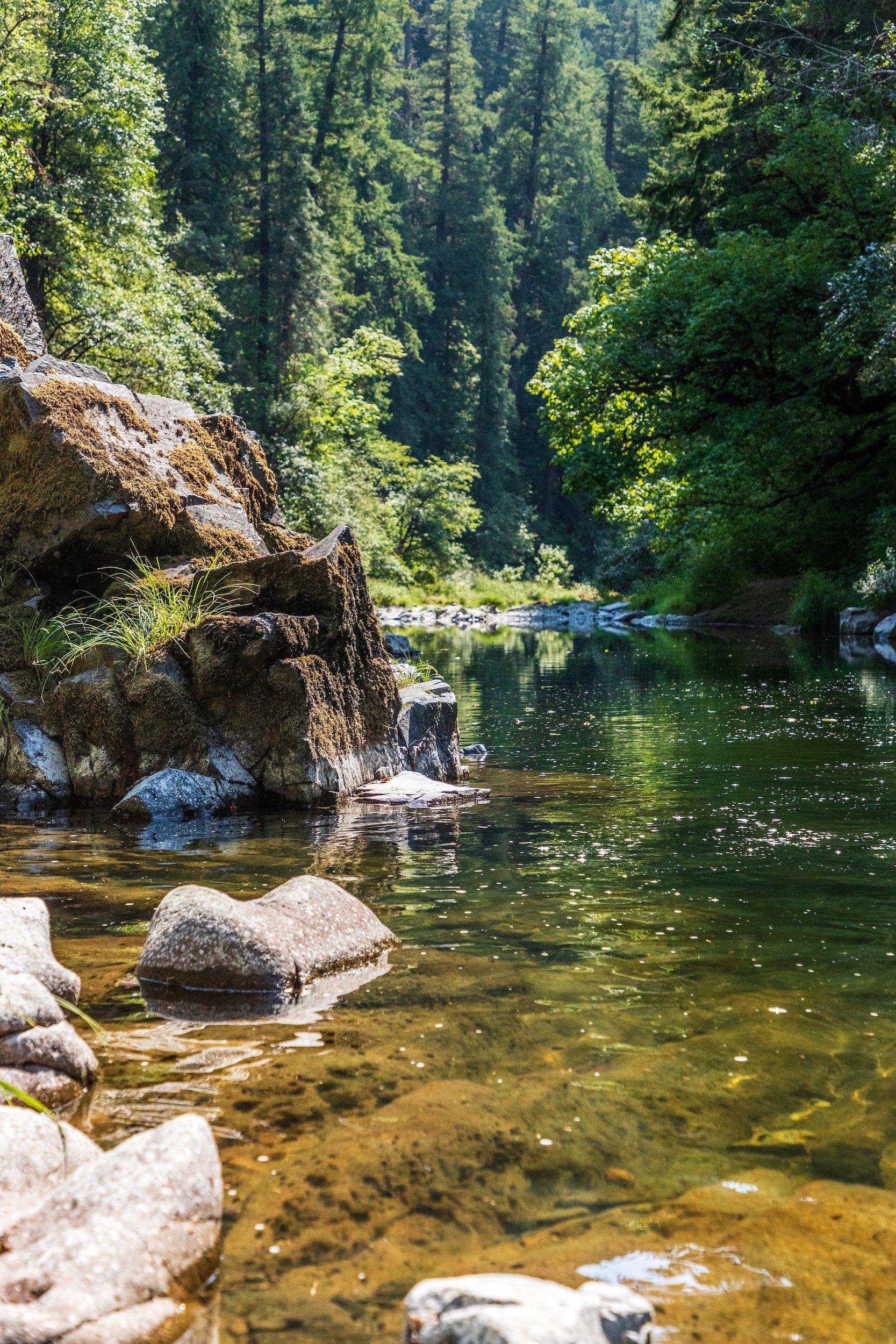
Riparian Restoration Program
Riverscapes provide many benefits.
Habitat for wildlife
Clean air
Clean water
Recreation
Colonizer influence has resulted in a loss of processes and disturbance mechanisms that healthy riverscapes depend on.
Historically, beavers engineered these landscapes to create the habitat necessary for them to flourish. This involved cutting trees and willows, using sod, rocks, etc. to “dam” up flows in streams.
This led to channels downcutting into floodplains, disconnecting from their historic floodplain footprint, increasing erosion of riverbanks (thereby decreasing water quality). This also created an ecosystem that was more prone to both floods and droughts, as water quickly moved through these systems without having a chance to refill aquifers aka floodplain “sponges”.
Slowing flows allowed water to spill onto the floodplains of these systems, connecting channels to their historic floodplain footprint.
Humans hunted & trapped beaver to near extinction across the US, including Colorado.
Floodplain connectivity leads to many benefits including attenuating flows - both during drought and flood events, improving riparian vegetation and habitat, improving water quality & quantity.
Unmanaged grazing also degraded stream habitats by removing riparian vegetation and cattle pushing down riverbanks into channels.

What services does LCD’s Riverscape Program provide?
Technical Assistance
Call us for a complementary visit to discuss your stream/wetland health concerns on your property.
Management Plan Development
Pre-project monitoring and plan development, including stream/wetland delineation
Mapping
Plan writing
Funding
LCD has in-house grant-writing expertise. We often pair EQIP funding with additional grants to cover project costs.
Project Management
Boundary and individual tree marking
Contractor procurement and oversight
Site remediation, including noxious weed management, erosion control measures, etc.



